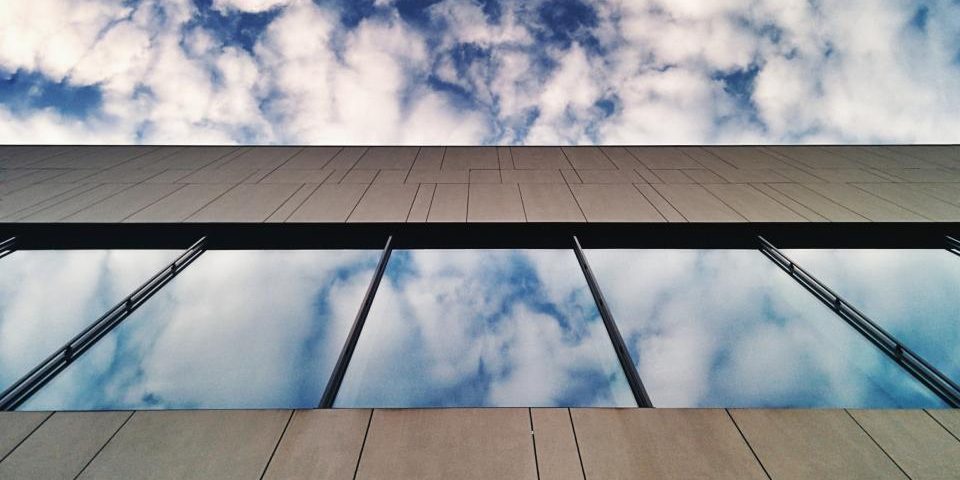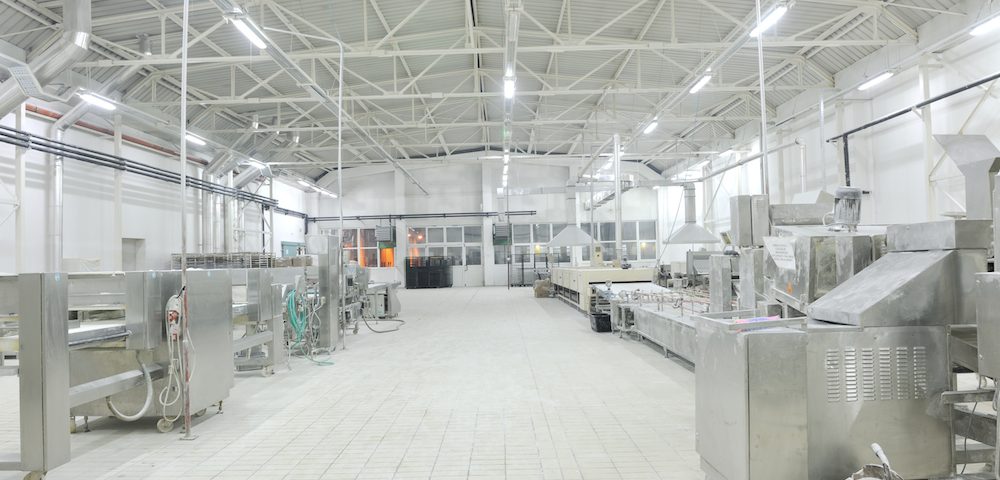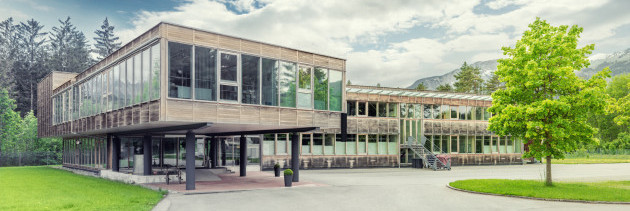There is a new lighting innovation based on light-emitting diodes (LEDs) that is getting the attention of architects and designers as well as employers all over the world. It’s called a LED virtual sky, and it holds a lot of promise especially when it comes to promoting productivity in the workplace and improving the mood of employees.
More than a decorative piece, the key feature of a LED virtual sky is that it emulates natural light through the use of LEDs, which come in different colours, and uses an internal clock to match the varying wavelengths of natural light from sunrise to sunset.
This effect can benefit employees by allowing them to enjoy the effects of being exposed to ample amounts of natural lighting, even in windowless rooms or offices.
Effects of natural light on employees
It has long been established that natural lighting plays a big role in human functioning. Not only can it help with the image-forming functions of the eyes, it can also influence an individual mentally and emotionally. Natural lighting is actually one of the major factors that established the circadian rhythm that our bodies know today, particularly our eating habits and sleep cycles.
Different light wavelengths throughout the day provide different benefits. Natural light in the morning until early afternoon, known as blue light, promotes alertness, focus and attentiveness. Orange to red light from early afternoon until evening helps the body slow down, leading to easier and deeper sleep.
In the workplace, natural lighting is essential to employee productivity. A 2014 study by Northwestern Medicine and the University of Illinois at Urbana-Champaign found that employees with longer exposure to natural light at their office had longer sleep duration, better sleep quality, more physical activity and better quality of life than employees who are never exposed to natural light throughout the workday.
The study also found out that exposure to natural light, especially during the early hours of the morning, can boost an employee’s mood, alertness and metabolism for the rest of the day. Several other studies support this argument, such as a similar study by the University of Chicago in 2013 and another by the American Society of Interior design earlier this year.
A LED virtual sky emulates natural light to help workplaces achieve this effect. First, LEDs can vary in colour and, if done right, can emit blue and orange/red light to provide the same effects as natural light.
Second, a LED virtual sky can emulate natural light coming from a sky roof, a roof window, a high window, a standard window, a frosted glass window, or even cathedral glass, among other examples.
A LED virtual sky is perfect for windowless rooms or spaces with few windows. It’s also quick and easy to install, doesn’t warm up even when used throughout the day, and comes with placements that can easily be changed when necessary.
The LED virtual sky is one of the best LED-based innovations to come out in recent years and proves just how LEDs are impacting the way we live. Not only can it emulate natural lighting, it can also do so by way of different types of windows and their effects. If your office has few or no windows, or you feel like your employees aren’t getting their daily dose of natural lighting, then a LED virtual sky is perfect for you!
For all your office and industrial lighting needs, choose Matrix LED. We offer a wide range of products and services to help you achieve the best lighting conditions for your business. Visit MatrixLED for more information about our products and services, or go to our Contact Us page to schedule a free consultation today.
Find out how much you can save when you switch to MatrixLED lighting by using our Savings Calculator.





